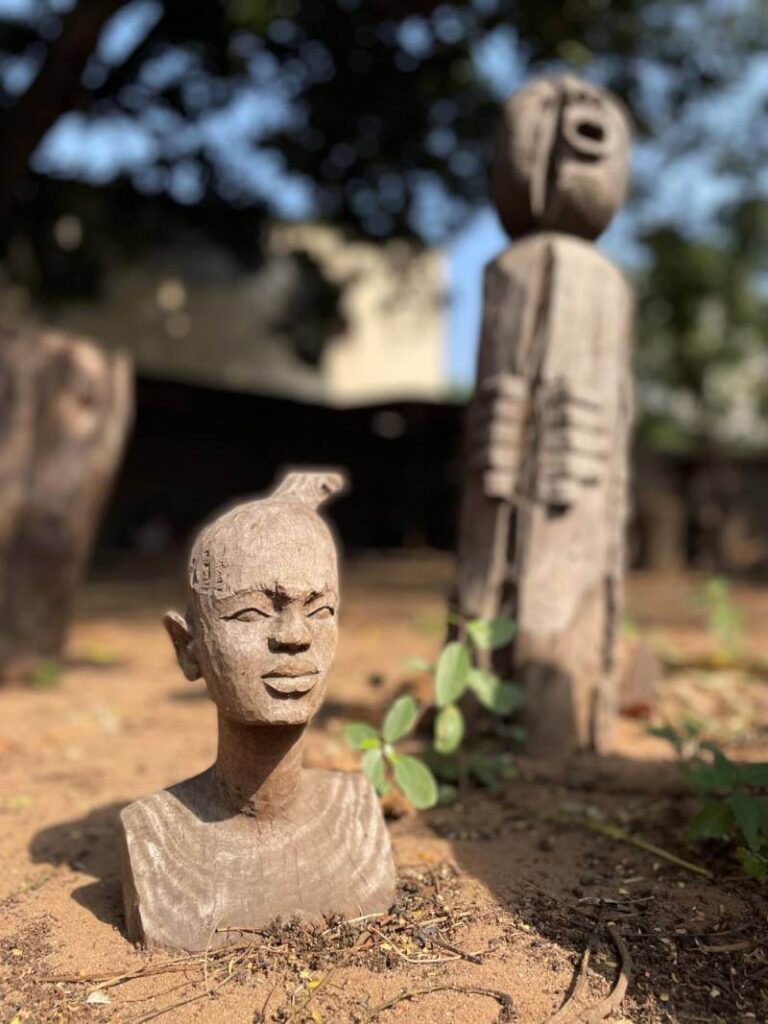Washed clean by a high tide overnight, the long, empty stretch of sand running along Maputo Bay is remarkably pristine. Only one set of prints runs from the sand dunes, considerably larger than my own.
“I dream of finding an elephant down here,” muses park warden Miguel Gonçalves, who has seen plenty of evidence to suggest these large mammals cross towards the ocean. “Maybe one day.”

Forming part of the recently amalgamated Maputo National Park, a 1700 sq km mosaic of marine, coastal and grassland areas present an unusual safari offering, giving visitors a chance to see elephants, giraffes, turtles and humpback whales (potentially) within the same day.
Running along a border with South Africa, this region has always been part of an important elephant corridor, although numbers dropped dramatically in the 1980s during the country’s civil war. Now numbers are on the rise, game viewing is rapidly improving and investment in tourism looks set to make Mozambique a premier safari and beach destination in years to come.
Dreamy beaches
Having spent a day exploring the park inland, Miguel is driving me along the empty beach to watch humpbacks breaching on the horizon.

Hugging the hillside in a sheltered bay at the end of the beach, 22 suites sparkle in the dunes, part of the White Pearl Resort in Ponta Mamoli. Wooden furnishings and floaty linens are decorated in a palette of colours inspired by silky sands, weathered driftwood and frothing waves rolling in from the Indian Ocean. Best of all, however, is the never-ending view of sky and sea. I spend hours watching the sun dip and rise above the horizon, while listening to the heaving gasps and sighing roars of powerful swells.
On morning runs along remarkably empty beaches that stretch into infinity, I’m frequently overtaken by screeching fish eagles that eventually find a perch in clusters of fynbos climbing up the coastline. By the time I return to the resort, day beds are already set up in the sand and my butler (who serves me every meal in either the restaurant or my room, depending on how I feel) is preparing a breakfast of fresh fruit, pastries and homemade granola.
Although there are options for horse rides, turtle walks, kayaking and dolphin sea safaris, the main purpose of a stay at White Pearl is to relax.
View this post on Instagram
A striking city
It’s a two-hour drive from White Pearl to Maputo, Mozambique’s capital and the exit and entry point for international flights. Although independence was won in 1975, vestiges of Portuguese colonial rule include the language, excellent fusion cuisine and remarkable – albeit crumbling – architecture.
On a walking tour with Maputo a Pe (maputo-a-pe.com; 2500 meticals/$62), I discover some of the city’s highlights. Constructed by the British between 1908 and 1916, with a grand dome designed by an associate of Alexandre Gustave Eiffel, the railway station is ranked as one of the most beautiful train stations in the world, my guide Herminio proudly tells me. Tall pillars and wrought iron latticework decorate the cream and mint-green structure, where trains still trundle to the city suburbs.

Elsewhere, the architecture is a curious mix of Art Deco homes and geometrically pleasing social housing designed by famous post-modernist Portuguese architect Pancho Guedes in the pre-independence years. But some of the most colourful public displays are murals and sculptures from local artists, who have contributed to a thriving scene over the past few decades.
In the downtown district, close to the National Museum of Art, Guilherme is one of several traditional sculptors working in an open studio belonging to the Association of Makonde Sculptors. His store is filled with masks and towers of tumbling bodies, all reflecting beliefs in the afterlife.

Outside the Franco-Mozambican Cultural Center (CCFM) are attention-grabbing pieces by Goncalo Mabunda, who has transformed guns, missiles and tank tracks used in Mozambique’s long and debilitating 15-year civil war (1977-1992) into works of art.
The most influential and internationally renowned artist, however, was painter, poet and political commentator Malangatana, who captured the country’s transition from colonialism to independence. I find several pieces of his work in the National Museum of Art, an institution he helped establish.
View this post on Instagram
His signature style of densely packed, colourful figures curling into one another is instantly recognisable in several murals around the city – including one in the gardens of the neo-Gothic Natural History Museum. This attraction is perhaps the most unusual stop on my city tour, namely because one of the exhibits is a series of glass cabinets featuring the different stages of an elephant embryo during its 22-month gestation, all preserved in formaldehyde.
Although it appears mawkish and macabre today, the collection was intended for scientific studies and no doubt seemed like a good idea 50 years ago, when elephants were being culled in their thousands. But fortunately – for now – the thriving species is far from being a dusty relic in a museum cabinet. Even if you can’t always see them, there are always those footprints in the sand.
Do you have your travel sights set on Mozambique? Let us know why or why not in the comments section below.
Also read: Underrated travel destinations around the world
– With PA

